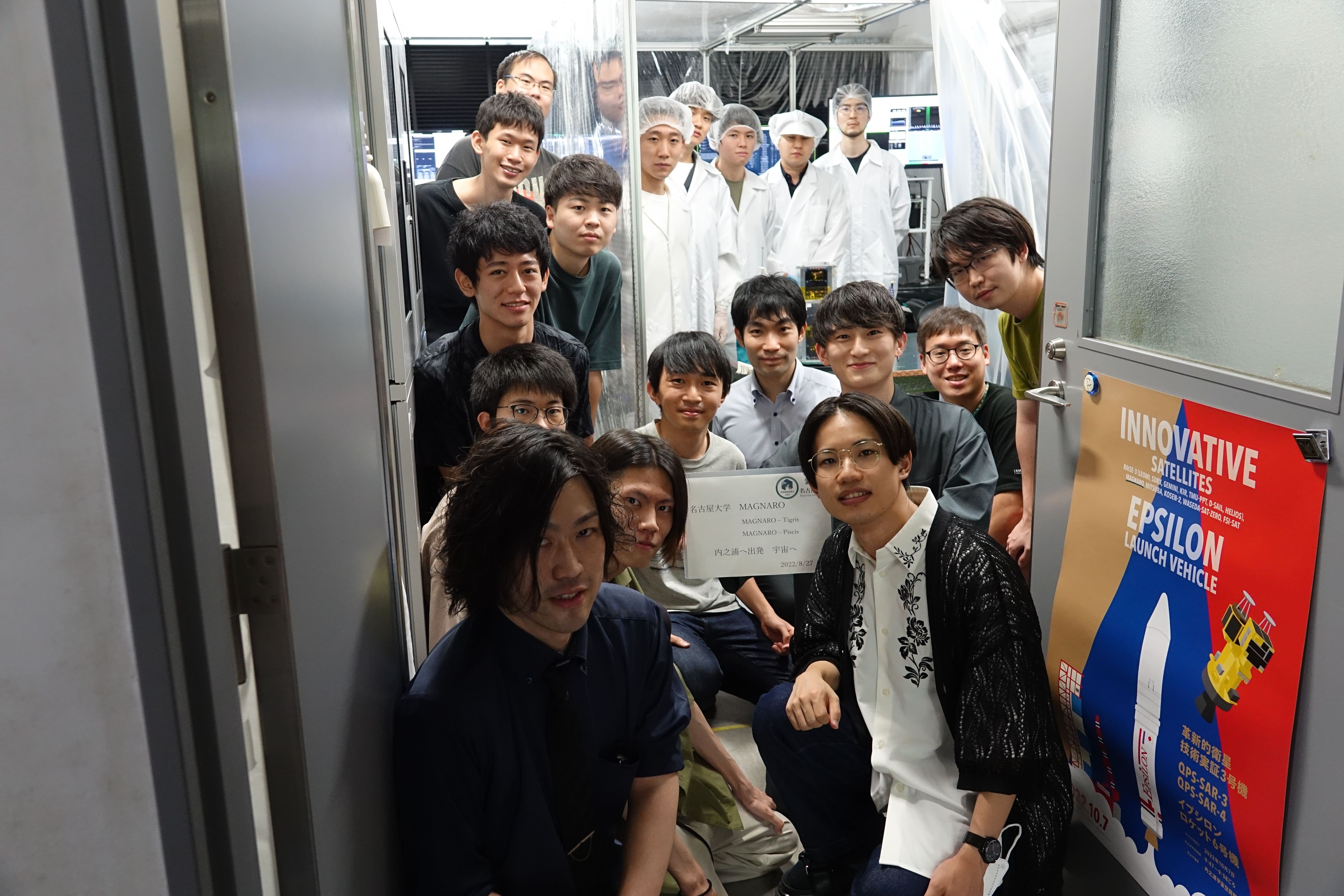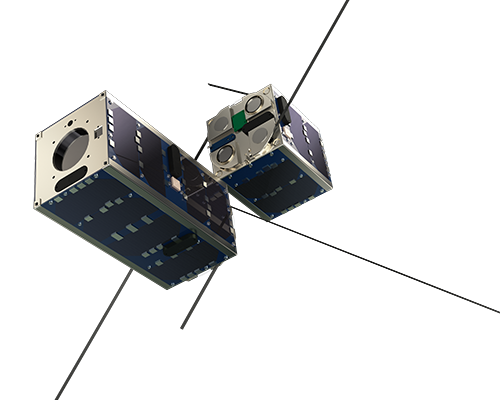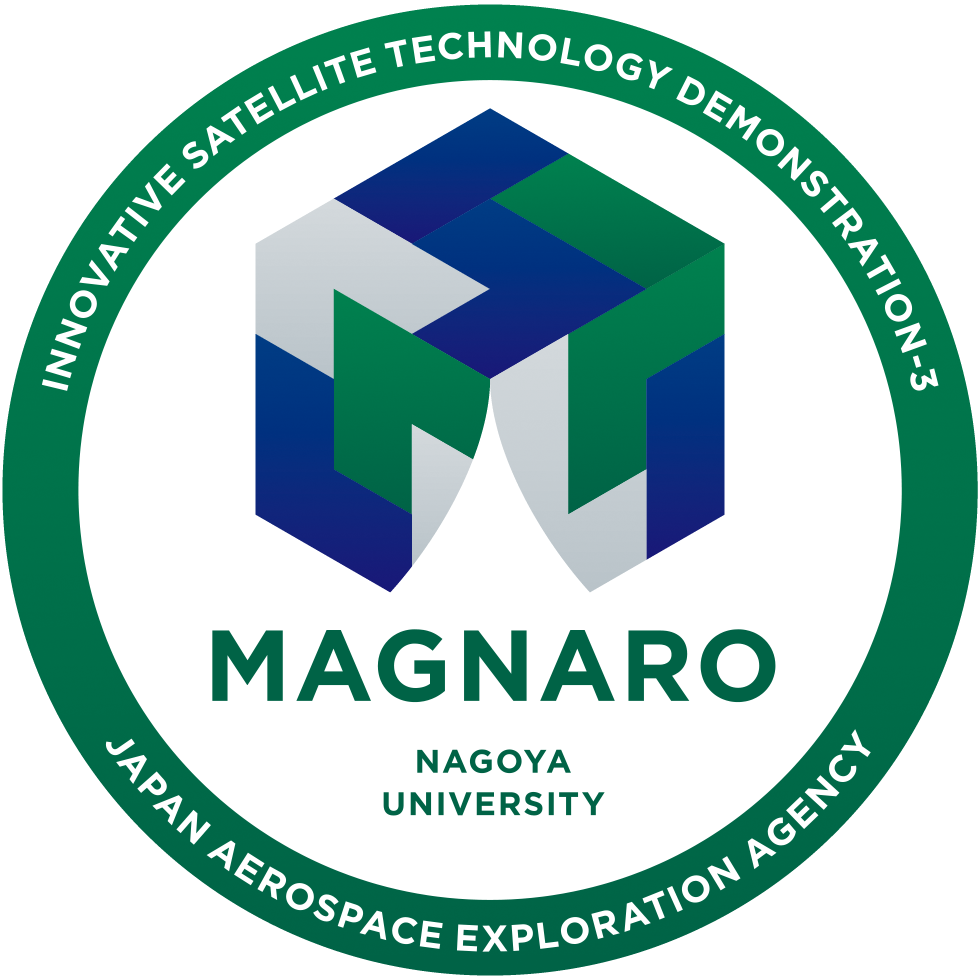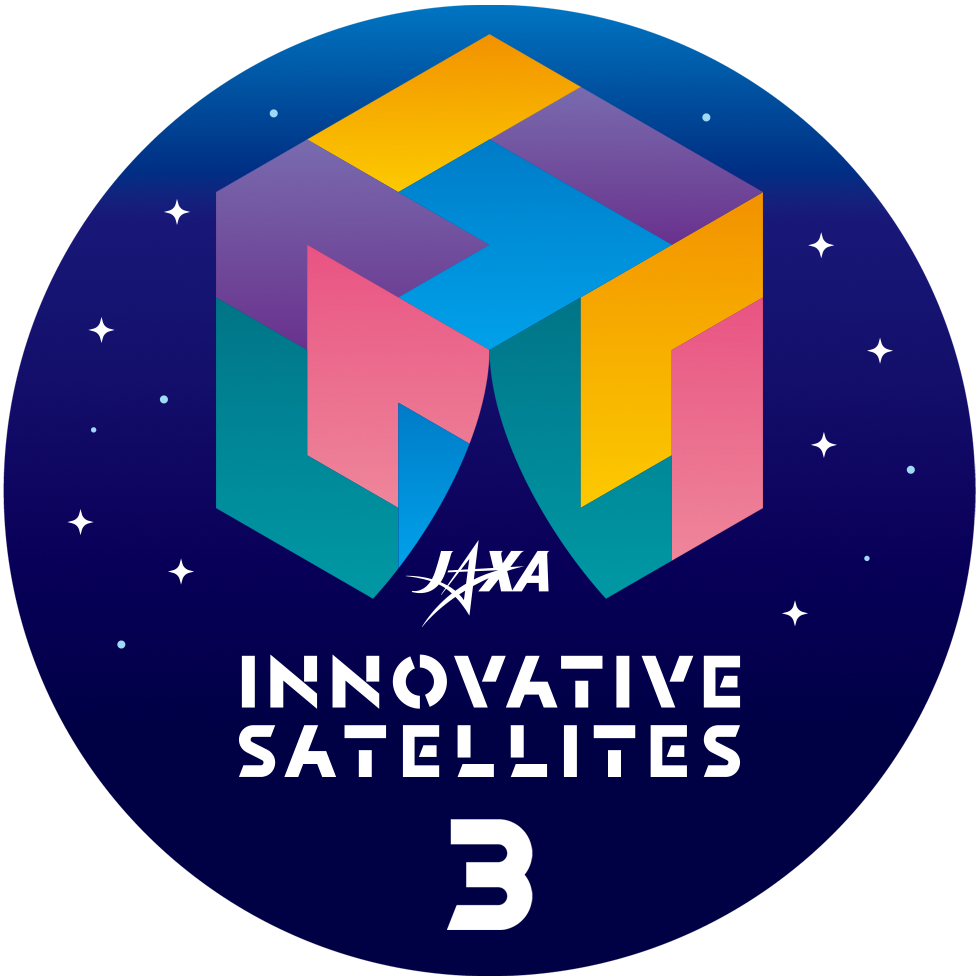Welcome to "MAGNARO" site!
- Laboratory of Aerospace Vehicle Dynamics supervised by associate professor Takaya Inamori, in Graduate School of Engineering, Department of Aerospace engineering.
Recent Activities
- 2025/07/11
-
MAGNARO-II Project is currently under development. We made improvements on our previous satellite. The team is really working hard to make this project successful!
- 2023/05/22
-
MAGNARO project was over. Now we are working on the next satellite, "MAGNARO-II". We hope you will be looking forward to it.
- 2022/10/07
-
We replaced the Excel file to decode CW with new one and added the Word file which contains the sample of CW analysis. You can find them on the "Operation" page. Please check and download the new one.
- 2022/08/27
-
 The development of MAGNARO is over. Though it was absolutely a tough situation, we overcame and made it! Thank you for everyone.
The development of MAGNARO is over. Though it was absolutely a tough situation, we overcame and made it! Thank you for everyone.
From now on, we are going to work on preparation for operation to make the project successful.
About "MAGNARO"

Name: MAGNARO
Our first satellite is named as "MAGNARO", which stands for " MAGnetically separating NAno-satellite with Rotation for Orbit control".
Main mission: Thruster-less formation flight
Its main mission is to demonstrate orbit transfer by separation with electromagnets after high-speed rotation. In the initial configuration, MAGNARO is a 3U CubeSat, which then separates into two smaller satellites, Tigris (2U CubeSat) and Piscis (1U CubeSat) by cancelling the attractive force in the magnetic device after the high-speed rotation spin-up. After the separation, the two CubeSats start flying in a formation. In our case, the separation will be done a few months/years after its launch. When the time comes, we will announce it in this site.
How does it keep flying in a formation?
Small satellites like MAGNARO are susceptible to disturbances such as air drag and gravity gradient. In this project, it takes advantage of those forces by controlling the attitude of the satellite. In such a way, we can change the direction and magnitude of the force, which is applied to MAGNARO as we desire. In this way, two CubeSats can keep the formation without the need of a thruster. We expect that this method can be used in space applications such as satellite orbit transfer.
Professor Inamori explains the details about MAGNARO here in Japanese. Please refer to this page to discover more.
Camera mission
Additionally, MAGNARO has cameras to take pictures of the Earth. There are two types of cameras, SCAM (Sub Camera) and MCAM (Main Camera). First, SCAM takes a wide-angle picture, and the AI (Artificial Intelligence) onboard decides which areas to take a more precise image based on the picture, depending on the cloud coverage. Then, precise imaging is conducted by a sequence of attitude control using the magnetic torquers to point to the target location, followed by target imaging using MCAM, based on the trajectory planning using AI.
What kind of AI does it use?
CNN (Convolutional Neural Network), a type of neural network for deep learning suited for image recognition, is implemented. MAGNARO prioritizes the potential imaging targets by detecting the clouds within the field-of-view of the wide-angle camera. This task is performed in a time-efficient manner onboard by the help of AI. This method will contribute to a more time and cost efficient Earth observation and expand the use of relevant technology to Earth observation satellites.
In the future, the onboard CNN will be able to detect cloud in pictures more accurately as it learns from the images captured by MAGNARO.
We are really looking forward to showing you the pictures taken by MAGNARO!
The members of our lab are researching mainly about orbit and attitude dynamics of satellites. We will prove the research results in space, using MAGNARO. If you are interested in our research, please visit our lab site.

